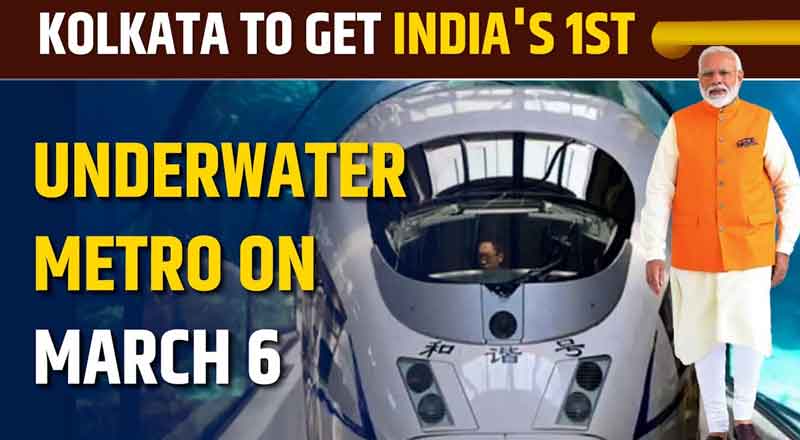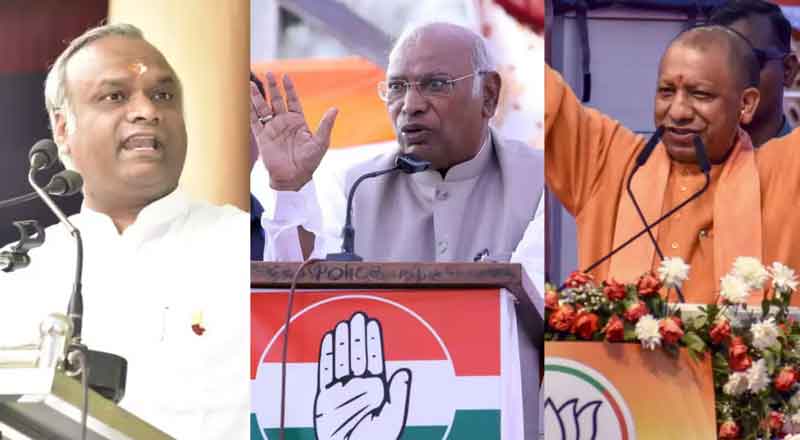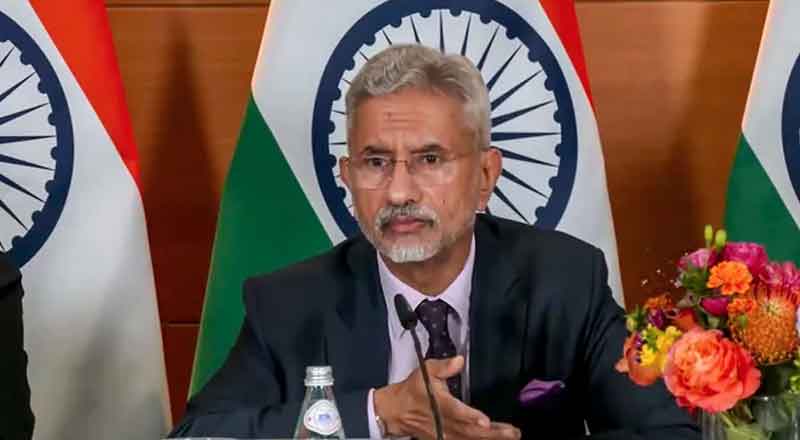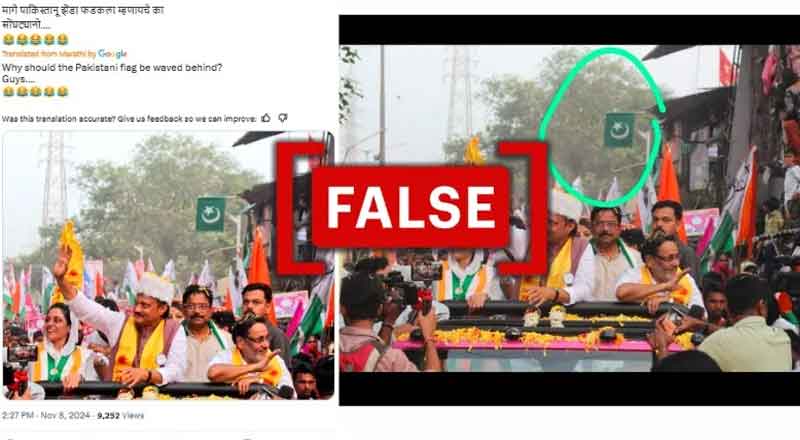- Prime Minister Narendra Modi inaugurated the Howrah Maidan-Esplanade section of Kolkata Metro’s East-West corridor.
-
It marked the country’s entry into the League of Nations boasting underwater metro rail systems.
- This engineering marvel encompasses a section of 10.8 kilometres operating underground, while 5.75 kilometres are elevated on a viaduct.
- The inauguration of the underwater metro not only elevates Kolkata’s status on the global stage but also propels India’s metro network to new heights.
- In addition to the Howrah Maidan-Esplanade section, Prime Minister Narendra Modi also unveiled the Kavi Subhash-Hemanta Mukhopadhyay and Taratala-Majerhat Metro sections.
In a historic moment for India’s transportation sector, Prime Minister Narendra Modi inaugurated the Howrah Maidan-Esplanade section of Kolkata Metro’s East-West corridor, marking the country’s entry into the League of Nations boasting underwater metro rail systems. The significance of this event cannot be overstated, as it not only underscores India’s technological prowess but also addresses long-standing transportation challenges in one of its oldest and busiest cities.
The Howrah Metro station, nestled beneath the River Hooghly, has earned the distinction of being the country’s deepest station, with tunnels plunging an impressive 32 meters below the water level. This engineering marvel, managed by the Kolkata Metro Rail Corporation Limited (KMRCL), encompasses a section of 10.8 kilometres operating underground, while 5.75 kilometres are elevated on a viaduct.
This project, decades in the making, resurrects an idea first proposed by the British in 1921. Despite initial setbacks and challenges, including unfavourable soil tests, the project gained traction in the 1980s and was finally sanctioned in 2008. Construction commenced the following year, albeit facing political hurdles and cost escalations.
The inauguration of the Howrah Maidan-Esplanade section not only signifies a triumph over adversity but also heralds a new era of urban transportation for Kolkata. With its seamless connectivity spanning 4.8 kilometres between Howrah Maidan and Esplanade, the East-West Metro corridor interlinks vital areas, including the IT hub Salt Lake Sector V.
Featuring six stations, three of which are underground, this metro promises to revolutionize travel in Kolkata, offering a time-efficient mode of transportation with a remarkable travel time of just 45 seconds under the river. Beyond mere convenience, the project is poised to benefit commuters from distant regions, including Hooghly, Howrah, and Medinipur, while also addressing traffic congestion and pollution concerns.
The inauguration of the underwater metro not only elevates Kolkata’s status on the global stage but also propels India’s metro network to new heights. As the world’s third-largest metro network, spanning 20 cities and 905.42 kilometres of operational lines, India now joins the ranks of global metropolises such as London, Paris, New York, Shanghai, and Cairo, showcasing its commitment to innovation and sustainable urban development.
In addition to the Howrah Maidan-Esplanade section, Prime Minister Narendra Modi also unveiled the Kavi Subhash-Hemanta Mukhopadhyay and Taratala-Majerhat Metro sections, further solidifying Kolkata’s position as a pioneer in urban transportation. As India continues its march towards progress, milestones like these underscore the nation’s unwavering resolve to embrace innovation and build a brighter future for its citizens.
(With inputs from agencies)





